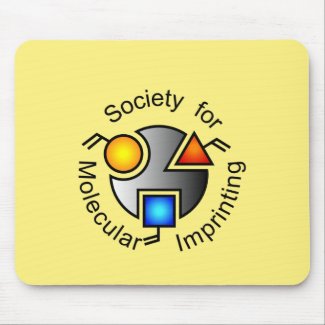
Authors: Aleksenko SS
Article Title: Liquid chromatography with mass-spectrometric detection for the determination of chemical warfare agents and their degradation products (Original Russian Text © S.S. Aleksenko, 2012, published in Zhurnal Analiticheskoi Khimii, 2012, Vol. 67, No. 2, pp. 116-132).
Publication date: 2012
Journal: Journal of Analytical Chemistry
Volume: 67
Issue: (2)
Page numbers: 82-97.
DOI: 10.1134/S1061934812020025
Abstract: This review summarizes the results of high-performance liquid chromatography with mass-spectrometric detection ( HPLC-MS ) in the identification of chemical warfare agents and their degradation products, obtained in the last 13 years passed since the ratification of the Convention on the Prohibition of the Development, Production, Stockpiling, and Use of Chemical Weapons and on Their Destruction (the Convention). The conditions of the separation and detection of compounds in a variety of ionization techniques (electrospray ionization, atmospheric pressure chemical ionization) and analyzers (time-of-flight (TOF), tandem mass spectrometry, triple quadrupole, ion trap) are considered. The detection limits of the degradation products are given; the possibility of identifying compounds and the methods of sample preparation using contemporary methods of preconcentration (solvent microextraction) and separation (use of various adsorbents, molecularly-imprinted polymers) are described. The features of the HPLC-MS analysis of environmental samples (water, soil) and biological fluids (urine, blood serum) are discussed. The review is focused on the determination of the degradation products and derivatives of nerve agents, that is, alkylphosphonic acids
Template and target information: Review - LC-MS determination of warfare agents
Author keywords: high-performance liquid chromatography with mass spectrometric detection, chemical warfare agents, nerve agents, degradation products of chemical warfare agents, alkylphosphonic acids



Join the Society for Molecular Imprinting

New items RSS feed
Sign-up for e-mail updates:
Choose between receiving an occasional newsletter or more frequent e-mail alerts.
Click here to go to the sign-up page.
Is your name elemental or peptidic? Enter your name and find out by clicking either of the buttons below!
Other products you may like:
 MIPdatabase
MIPdatabase









